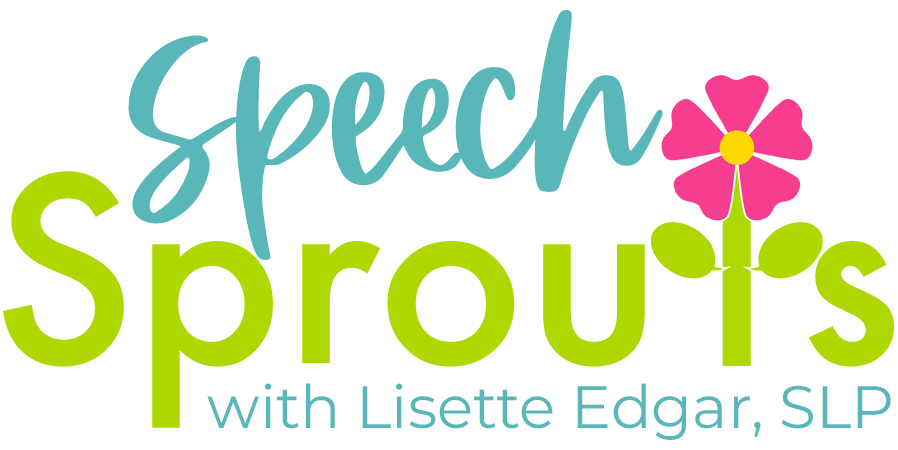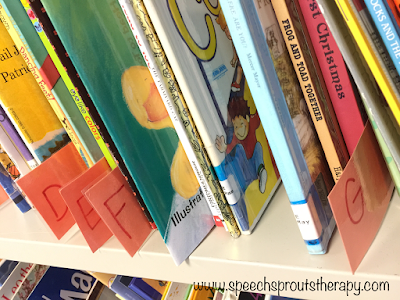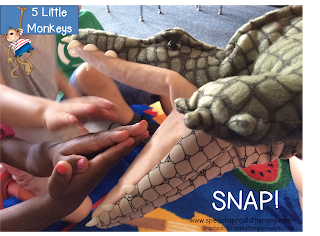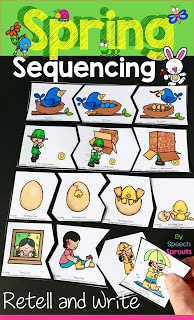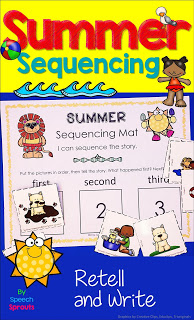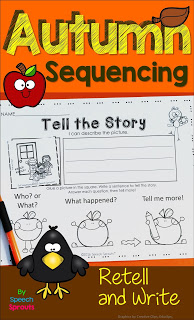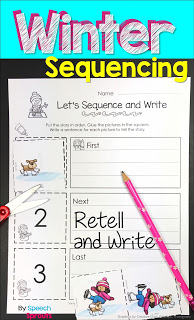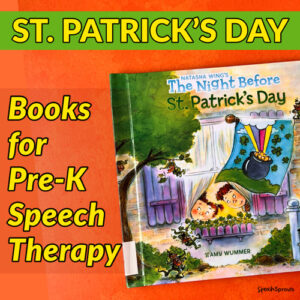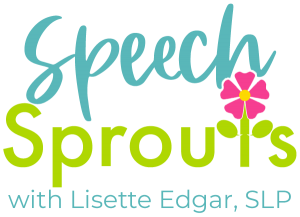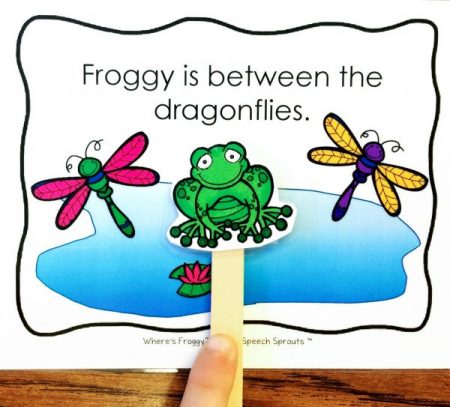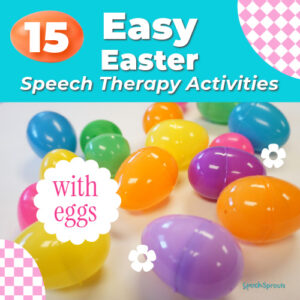
How to Improve Narrative Skills in Young Children
Young children with language delays often have limited ability to tell a narrative.
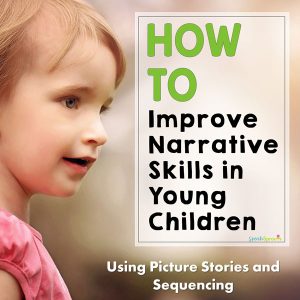
Understanding and being able to tell a story are essential skills for academic success. Yet many of our students have difficulty with sentence structure and providing pertinent details. Their narratives are often disorganized and incomplete, without the correct introduction, sequence and conclusion. So how can you improve oral narrative skills?
Boost narrative skills with these easy-to-implement strategies
1. Read simple picture books to your students.
The more familiar the tale, the better. In fact, be sure you read the same story for several sessions to improve your student’s ability to comprehend and re-tell the tale.
When reading, use an excited, dramatic voice with lots of inflection to capture the children’s attention. Emphasize main points. Point to the pictures and comment. Let the children point out things they notice too. Talk about how the characters feel.
Predict what will happen next. Use the word “because” as you tell the story to illustrate cause and effect. (The house blew down because it wasn’t very strong). After you are finished, have your students retell the story as you turn the pages.
2. Act out familiar tales.
Have the children direct! Have them tell you what characters you need, where the story takes place, what the problem is, and what to do first, next and so on. Encourage them to use a dramatic voice themselves as they act it out. Then have the children switch roles and act it out again.
3. Practice sequencing the pages as children re-tell the story.
Run a copy of each picture or take apart an old tattered copy and give a page to each child. Have the children put each page in order as they tell the story. You can do this in so many fun and memorable ways:
- Make a storyboard from a piece of posterboard and glue the pictures.
- Give one page to each child in the group and have them hold it in front of them as they arrange themselves in order, then have each tell about their page.
- Use your whiteboard and tape each picture on the board in the correct order.
- Put up a clothesline, and have the children clip the page to the line with a clothespin.
4. Use storytelling puppets, magnet board pictures or flannel board pieces.
These are terrific for engaging my students. I use them all the time and the children love them. The visuals add extra support for young story-tellers.
Puppets instantly ignite a child’s imagination and they will be begging to participate. Talk to the puppet as if it’s real. If you both have a puppet, have your puppet give the prompts in a conversational voice, rather than you as the instructor. For instance, your puppet may say “Oooh, I am wondering where we are!” to elicit the location of the story setting.
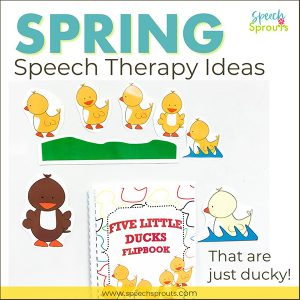
Magnet board story-telling pieces are great manipulatives, and you can find many to print. If you don’t have a magnetic board at school, the side of a file cabinet can work great too! These are from my Five Little Ducks Unit.
Flannel board pieces. I have inherited flannel board pieces that I still love. I purchased a flannel board with a magnetic backing so it can stick to my magnetic whiteboard for an easy, large vertical surface.
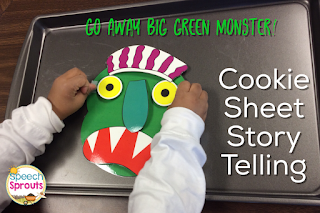 |
| Find monster themed activities |
A cookie sheet makes a great surface for smaller magnetic pieces. The pieces to make this monster’s face is a free printable from Kizclub. They have many free printable patterns for other stories as well.
What if storybooks are too complex for your young learners to re-tell?
5. Start with sequencing pictures
Sometimes, we need to start with pictures that illustrate a simple sequence. This encourages children to notice how the details change in each step and help children express what’s happening. It also encourages the development of sequence vocabulary of first, then, next, and last.
Some children may be only ready for two-part, first-then sequencing and retelling. Others may be able to sequence and retell several steps in the story.
Modify the sequencing task for learners at various levels.
I need a variety of picture stories to keep interest high. My students also need various levels of support so I created my 4-Season Sequencing Activities Bundle. I included activities for 2, 3, and 4-step story sequences.
1. With my beginning story-tellers, I like to start with picture story puzzles.
I tell the story first and demonstrate the sequence for my beginners. Then I mix up the puzzle and have them put it together and describe each picture. The puzzles provide extra visual support and are self-checking for the sequence. I start with 3-step, then 4-step puzzles. These 4-step picture puzzles are from my Spring Picture Story Sequencing Activities Pack.
2. Next, we sequence and re-tell with picture cards.
I begin with 2-step stories, then progress to 3 and 4-step stories. I designed sequencing mats to provide a visual structure for the cards.
This is from my Summer Picture Story Sequencing Activities Pack.
3. We combine story re-tell with written narratives for older students.
I included cut-and-paste writing activities from 1-4 steps. These activities progress from writing a single sentence to writing a multiple-sentence narrative.
Want to save these ideas for later?
Share it:
- Read more about: Preschool, Storybooks
